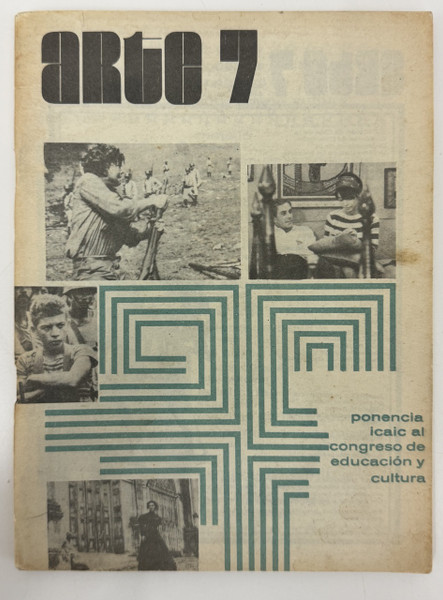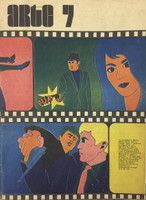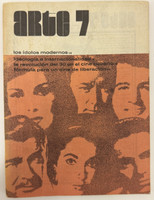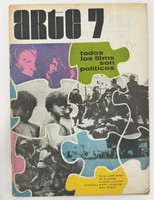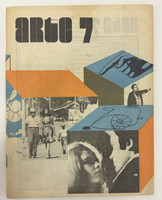- Travel
-
Exhibits
- La Portada Cubana
- Immortal Cuba: Artists Take on Their Heroes
- Seattle Poster Exhibit
- Sandra Dooley & Alejandrina Cué
- The Art of Wayacón
- Cuban Folk Art
- Cuba In Black And White
- 25 Years of Cuban Art Space
- Summer Folk Art Expo
- ¡SPRING AWAKENING FROM CUBA!
- Celebrating The Art Of Cuban Women
- Celebrating Paper, Affordable Art from Cuba
- Art of the Revolution
- Outsider Art
- Lost and Found
- En la lucha: Celebrating Cuban Women and Their Art
- Cuban Art Stash
- 100 Fires: 5 Cienfuegos Artists' Work on Paper
- Waya + Monte! Magic Realism in Cienfuegos
- Viva Cuba Viva! Poster Show
- Cultivando Sueños
- Black Lives Matter in Cuba Jan 9-March 27
- Leandro Soto: Crónicas visuales
- Cuban Canvas
-
Archive
- Global Reflection 2018: Spirit and Community
- Exhibit in the cloud: Contemporary Works on Paper
- MADE IN CUBA! MINNEAPOLIS EXHIBIT
- Cuban Posters and Photography from CCS collection
- AUTUMN SALE! Sept/Oct 2017
- SPRING ARTS AND CRAFT SALE
- Vuelo Directo/Non Stop: Alberto & Alejandro Lescay
- The Many Faces of Fidel
- Somos
- Made in Cuba!
- The US empire in Cuban graphics
- Made in Cuba/Seattle exhibit
- Entre Nos
- Looking Back
- Cuban Art Space
- Membership/Donate
- About Us
- Cuba News
-
Issue No. 13 of arte 7 features an innovative cover design combining geometric abstraction with documentary photography. The composition integrates four black and white film stills arranged in a grid with bold turquoise maze-like rectangular patterns that create labyrinthine pathways across the page. The geometric forms suggest both the frame-by-frame structure of cinema and the complex relationship between cultural institutions and revolutionary ideology. The cover announces "ponencia icaic al congreso de educación y cultura" (ICAIC presentation to the Congress of Education and Culture), referencing the Cuban Film Institute (Instituto Cubano del Arte e Industria Cinematográficos) and its role in the pivotal 1971 Congress that would significantly shape cultural policy in revolutionary Cuba.
The editorial board for this issue included Alberto Mora Becerra, Eugenio Espinosa Martínez, Bernardo Callejas Ríos, José Doce Fleitas, Alejandro Armengol Ríos, Mario Naito López, Orlando Rojas Félix, and Teresita Huerta, with contributors Agustín Gutiérrez Tomes, Luis Díaz Mijares, José Rojas Bez, Eleyne González, Manuel Mariño Betancourt, and Eliane Cárdenas. The interior features an illustration of a guitar player, emphasizing the magazine's attention to Latin American cultural forms. The "cartelera" section includes film stills and reviews covering Spanish cinema, social democracy debates, political cinema, and animated films. This issue represents a crucial moment in Cuban cultural history, documenting institutional positions on the relationship between education, culture, and revolutionary transformation.
-
-
Discover More at the Center for Cuban Studies

